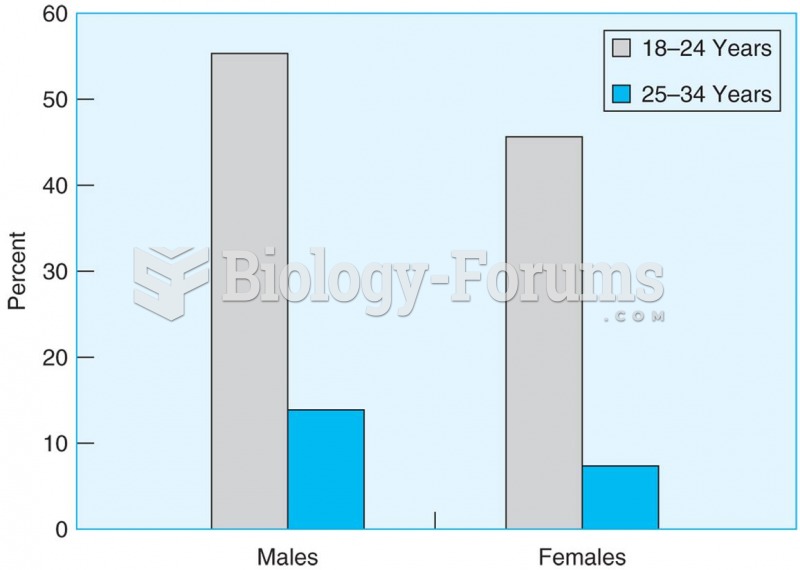|
|
|
In Eastern Europe and Russia, interferon is administered intranasally in varied doses for the common cold and influenza. It is claimed that this treatment can lower the risk of infection by as much as 60–70%.
Aspirin is the most widely used drug in the world. It has even been recognized as such by the Guinness Book of World Records.
Oliver Wendell Holmes is credited with introducing the words "anesthesia" and "anesthetic" into the English language in 1846.
Many medications that are used to treat infertility are injected subcutaneously. This is easy to do using the anterior abdomen as the site of injection but avoiding the area directly around the belly button.
Calcitonin is a naturally occurring hormone. In women who are at least 5 years beyond menopause, it slows bone loss and increases spinal bone density.
 Roots of the keystone species hypothesis: does a higher proportion of predators in diverse communiti
Roots of the keystone species hypothesis: does a higher proportion of predators in diverse communiti
 More young men than women live in their parents’ homes, though the proportion for both decreases ...
More young men than women live in their parents’ homes, though the proportion for both decreases ...
 The proportion of adults 55 to 64 in the labor force in Germany, Italy, and France is low and has ...
The proportion of adults 55 to 64 in the labor force in Germany, Italy, and France is low and has ...




